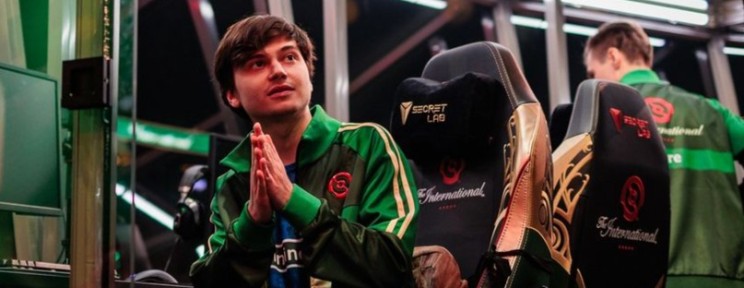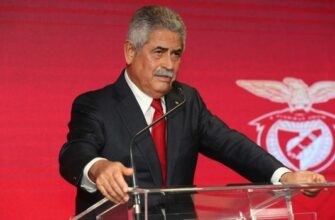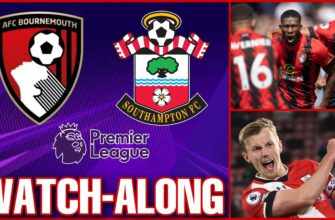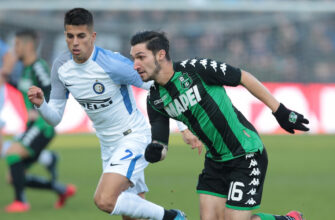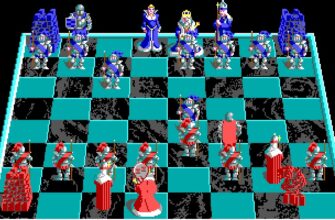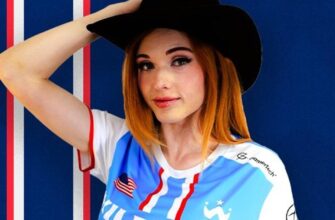In the relentlessly evolving world of professional Dota 2, the idea of a triumphant comeback from an extended break often tantalizes fans. The narrative of a legendary player returning to reclaim their former glory is undeniably romantic. However, as veteran streamer and esports competitor Roman “RAMZES666” Kushnarev recently articulated, the reality is far more brutal and unforgiving than the dream implies.
During a candid moment on his Twitch stream, RAMZES666, a name synonymous with high-level Dota 2 play, was confronted with a hypothetical “dream team” roster. The suggestion included a mix of currently active and long-inactive players, a common fantasy among community members. His response cut through the nostalgia with a pragmatic precision that only a seasoned pro can deliver.
“People who haven`t played competitively for a year, it`s hard for them to come back. Only if they return to an already established team, where you quickly pick up your knowledge, like I did in Tundra.”
This statement isn`t merely an offhand comment; it`s a profound insight into the very fabric of top-tier esports. RAMZES666 himself hasn`t competed professionally for an extended period, and he acknowledged the difficulty, even for himself. He highlighted that several players mentioned in the fan-suggested lineup, such as Vladimir “RodjER” Nikogosyan and Anton “dyrachyo” Shkredov, have also experienced significant competitive downtime. While watching streams might keep one`s strategic mind somewhat engaged, it`s a far cry from the high-pressure, moment-to-moment decision-making of a live tournament.
The Relentless Pace of the Dota 2 Meta
So, why is inactivity such a formidable opponent? The answer lies in the dynamic nature of Dota 2 itself. Valve, the game`s developer, consistently rolls out patches that overhaul hero abilities, introduce new items, modify the map layout, and fundamentally shift gameplay mechanics. What was a dominant strategy six months ago might be entirely obsolete today. A player returning after a year isn`t just rusty; they`re effectively re-learning a significantly altered game.
Furthermore, mechanical skill, reaction time, and muscle memory, honed through countless hours of competitive play, begin to dull without constant practice. The difference between a split-second blink initiation and a delayed one can mean the difference between victory and defeat at the highest levels. This isn`t like riding a bicycle; it`s more akin to a Formula 1 driver returning to the track after a year-long hiatus to pilot a car with a completely redesigned engine and aerodynamics, competing against drivers who`ve been racing weekly.
The Crucial Role of a “Ready Collective”
RAMZES666`s emphasis on joining an “already established team” provides the crucial caveat. For an inactive player, returning to a team built from scratch with other out-of-practice individuals is a recipe for disaster. The time required to re-learn the game, develop synergy, and forge a cohesive strategy would be immense, and likely unsustainable in the cutthroat professional circuit.
An established team, conversely, offers a structured environment. Roles are defined, basic strategies are in place, and the team`s internal dynamics are settled. An incoming veteran, even if rusty, can leverage the existing framework to expedite their learning process. They can observe current meta adaptations, receive direct feedback on their play within the team`s system, and gradually re-integrate their skills without the added burden of building a team identity from the ground up. It`s a pragmatic on-ramp, a professional courtesy that acknowledges the immense challenge of regaining peak form.
Beyond Dota 2: A Universal Esports Truth
This sentiment extends beyond Dota 2. Across all top-tier esports — be it CS:GO, League of Legends, Valorant, or Overwatch — the competitive landscape is a perpetual arms race. Teams and players are constantly innovating, adapting, and pushing the boundaries of strategic execution. A break of any significant length means falling behind, not just in individual skill but in understanding the collective evolution of the game.
The romantic notion of a hero`s return often overlooks the sheer, unyielding grind required to stay at the pinnacle. RAMZES666`s remarks serve as a stark reminder that professional esports demands an almost monastic dedication. For those hoping to reclaim former glory, the path back is less a casual stroll down memory lane and more a grueling ascent of a constantly shifting mountain. The few who succeed often do so by strategically leveraging existing structures, understanding that even legends need a solid foundation to rebuild upon.

